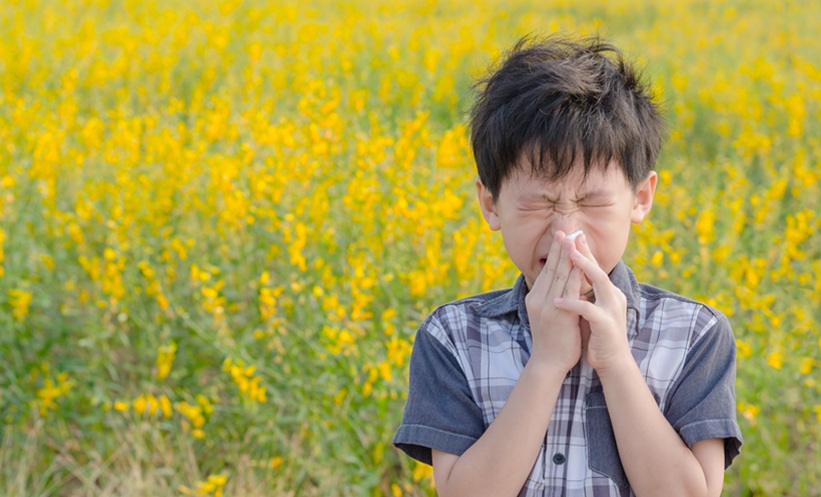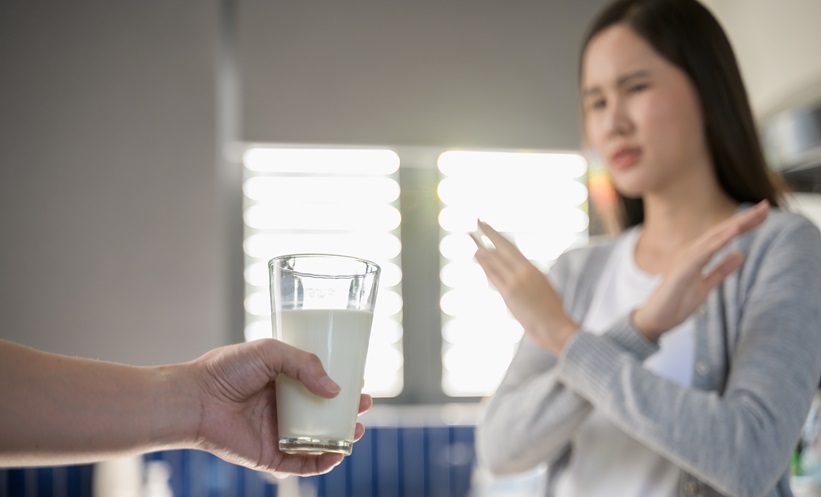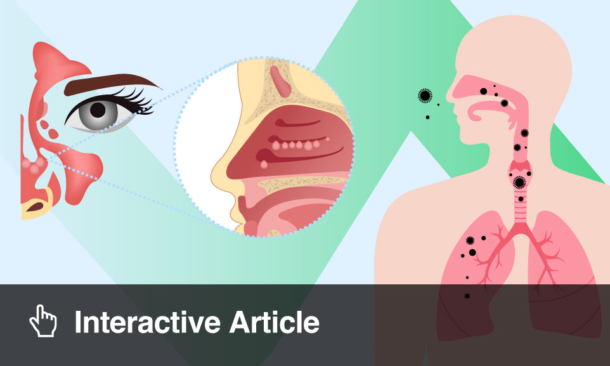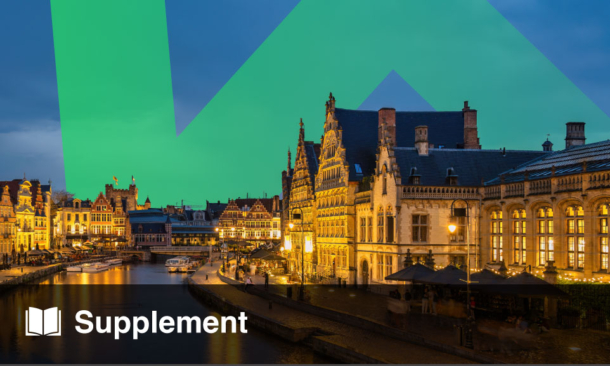SEASONAL allergic conjunctivitis (SAC) is a common allergic eye condition, particularly prevalent during spring and autumn. It causes significant discomfort in children, who often struggle with symptoms such as eye swelling, itching, and a foreign body sensation. Due to their low tolerance for discomfort, children frequently rub their eyes, which worsens the condition.
SAC is categorised as a Type I hypersensitivity reaction, characterised by rapid onset and severe symptoms. Conventional treatment primarily involves anti-allergic drugs, including eye drops and oral medication. While most children respond well to these treatments, a subset continues to suffer from persistent or recurring symptoms despite continuous medication, placing a considerable physical and emotional burden on young patients.
In response to this challenge, researchers have explored the potential of intense pulsed light (IPL) therapy as a supplementary treatment for refractory SAC. Originally used in cosmetic dermatology, IPL has recently shown promising results in managing various ocular surface diseases such as dry eye, blepharitis, and keratoconjunctivitis.
The mechanism behind IPL’s effectiveness lies in its selective photothermal action. Light wavelengths between 515–1200 nm are absorbed by haemoglobin in dilated capillaries on the ocular surface, transforming into heat. This process reduces inflammatory responses and improves meibomian gland function, which is vital for maintaining tear film stability.
In the recent study, combining IPL with drug therapy resulted in significant improvement in symptoms like eye itching, redness, and swelling. Notably, no adverse reactions were observed, thanks to the use of lower energy settings and integrated cooling technology, ensuring the procedure was safe and tolerable for children.
While the findings are promising, the researchers acknowledge limitations such as a short one-week follow-up period and a small sample size. Future studies with larger cohorts and longer observation periods are needed to validate these results.
This study introduces a new direction in treating SAC, especially for children who do not respond to medication alone, offering hope for more effective and lasting relief.
Reference
Jiang J et al. The therapeutic effect of IPL on children with refractory seasonal allergic conjunctivitis. BMC Ophthalmol. 2025;25(1):217.






